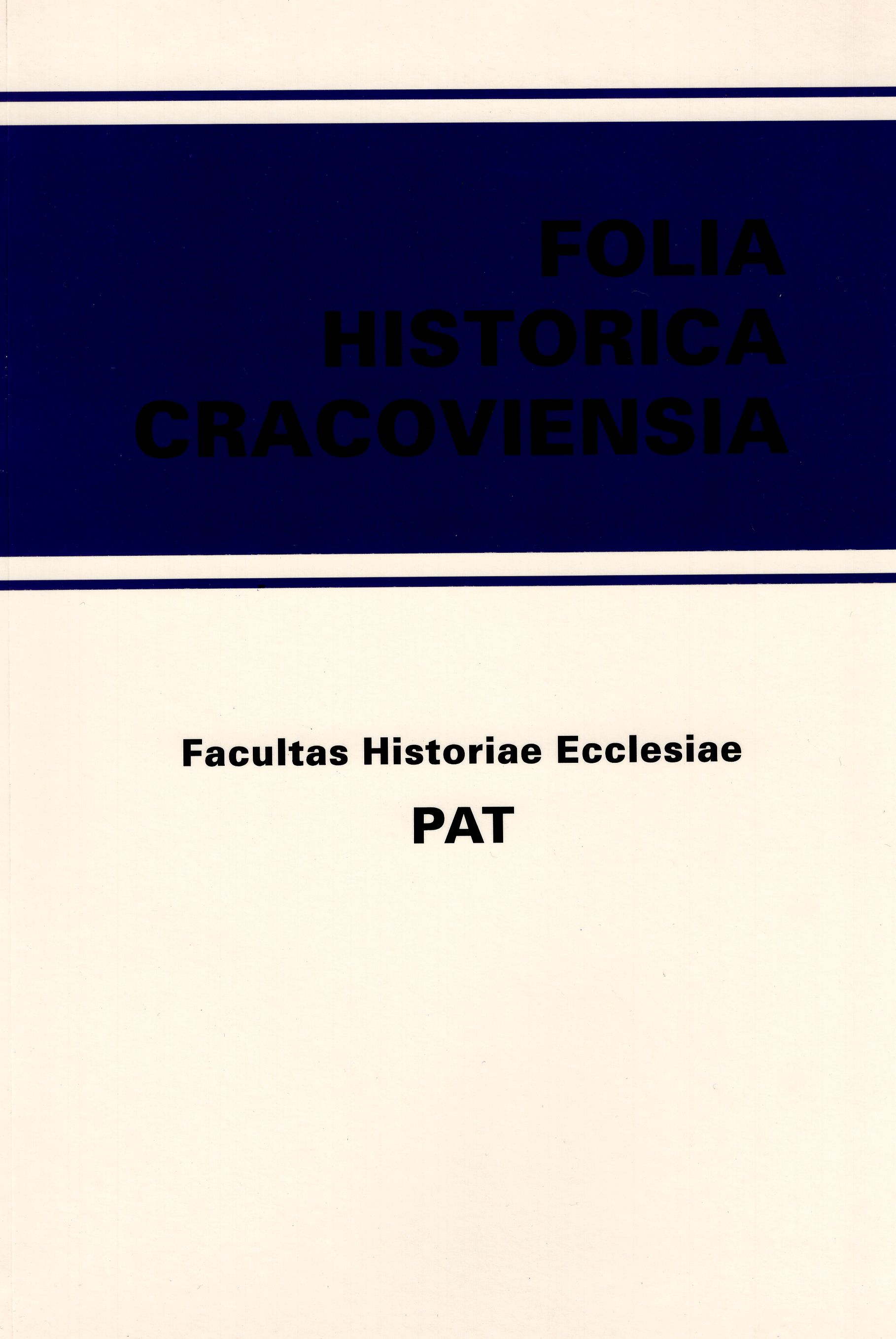Uroczystości pięćsetlecia kanonizacji św. Stanisława w Krakowie w r. 1753 okiem historyka sztuki
Ceremony of the Five-Hundredth Anniversary of Canonisation of St Stanislaus in Cracow in 1753 in the Eyes of an Art Historian
Author(s): Marek WalczakSubject(s): History of Religion, History of Art
Published by: Wydawnictwo Naukowe Uniwersytetu Papieskiego Jana Pawła II w Krakowie
Keywords: Wawel Cathedral; saint; bishop; martyr; Stanisław ze Szczepanowa
Summary/Abstract: On September 8, 1753 a celebration took place in the Wawel Cathedral to commemorate the five-hundredth anniversary of the canonisation of St. Stanislaus. The main element of a specially prepared decoration was a structure of considerable size as sembled in the middle of the nave, opposite the martyr’s tomb. It served as a throne on top of which a late Gothic reliquary, made by a Cracovian goldsmith Marcin Marciniec, for Stanislaus’ head was placed. The structure was embellished with the Saint’s coats of arms and candelabras and over it a canopy with wings spread to the sides was hung. On both sides of the reliquary two eagles were placed. Two more, holding a mitre and a crosier, stood underneath. In the four comers of the structure four obelisks adorned with candelabras were placed, while the sides of the altar of St. Stanislaus had two more with lights and bishop’s insignia painted on them. Among various forms of relics veneration propagated by the Church after the Council of Trent, one was their solemn presentation to the congregation. The article analyses different examples of decorations connected with such presentations. As a close analogy to Cracow’s celebrations a jubilee of the nine-hundredth anniversary of the translation of St. Liborius from Le Mans to Paderbom celebrated in 1736 was chosen. The analysis includes annual celebrations inhonour of St. Florian at Sackingen and customs connected with the translations of relics from the catacombs in Rome to churches in the Habsburg countries. The examples listed and the analysis of the written sources about Cracow allowed a hypothetical reconstruction of occasional architecture and an interpretation of its symbolic contents.
Journal: Folia Historica Cracoviensia
- Issue Year: 9/2003
- Issue No: 1
- Page Range: 227-262
- Page Count: 35
- Language: Polish

